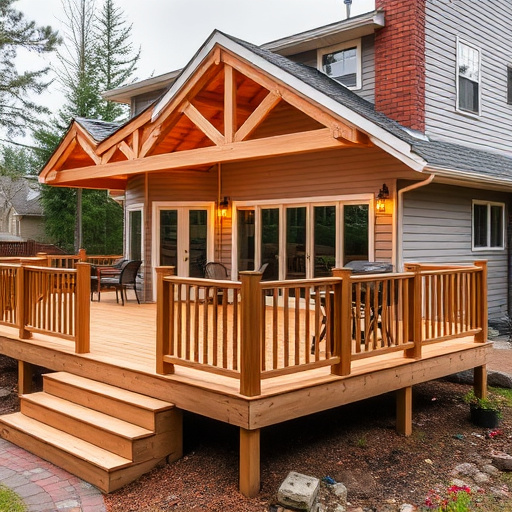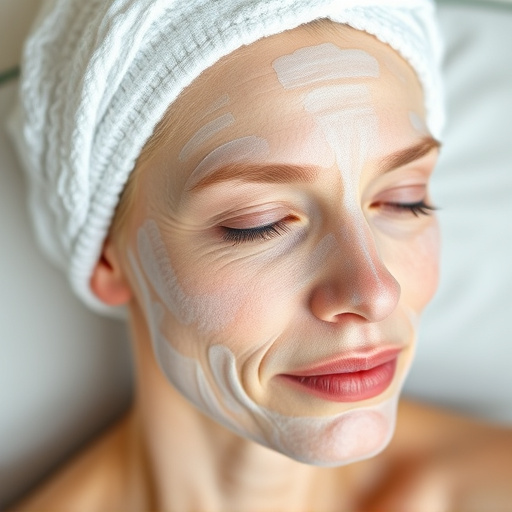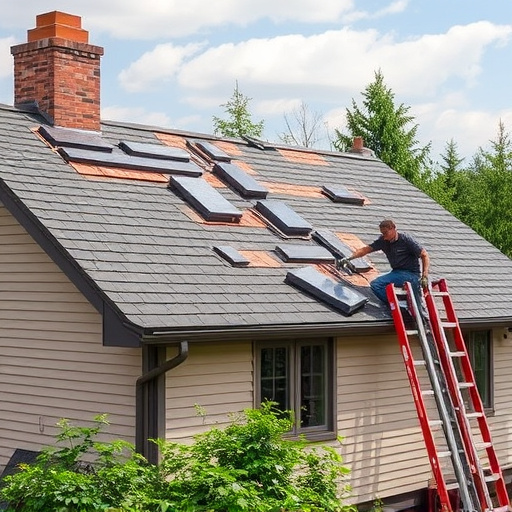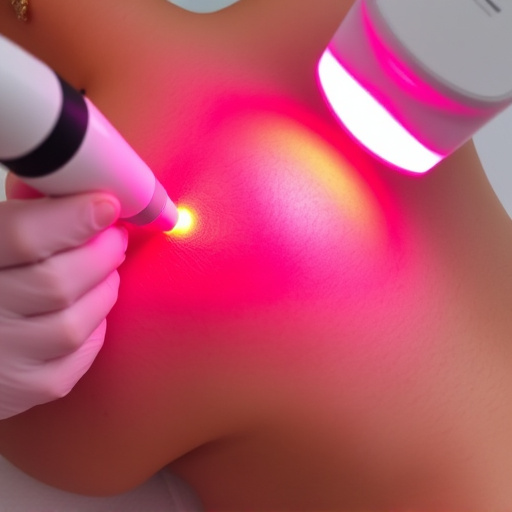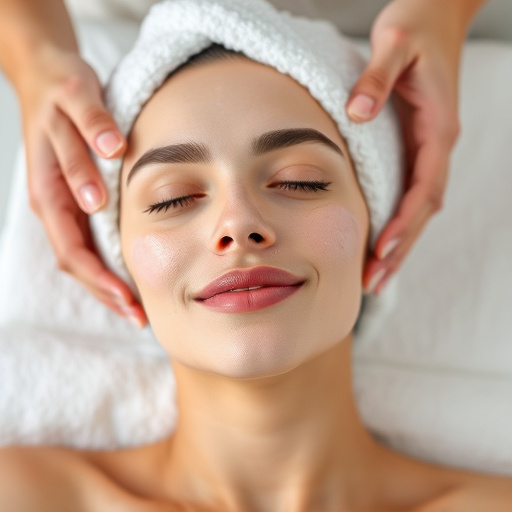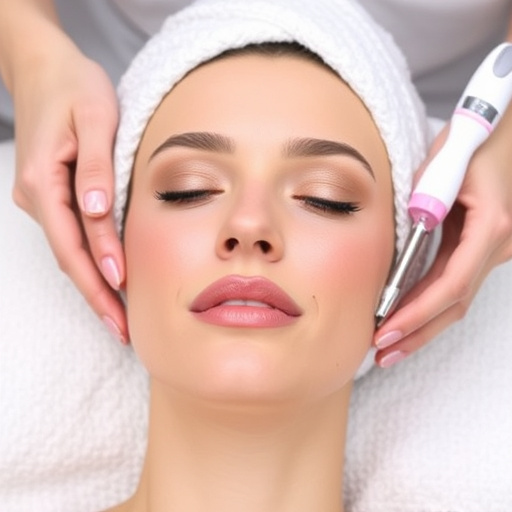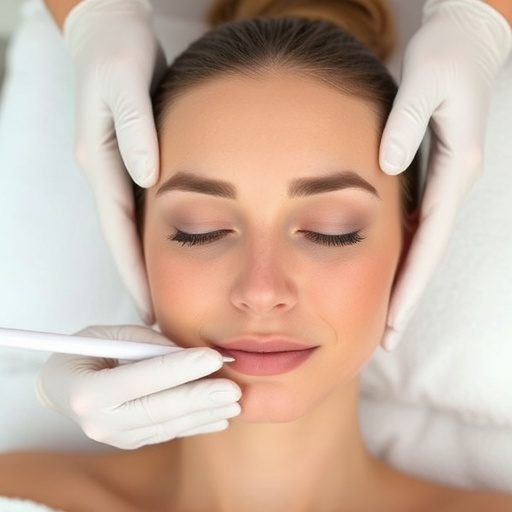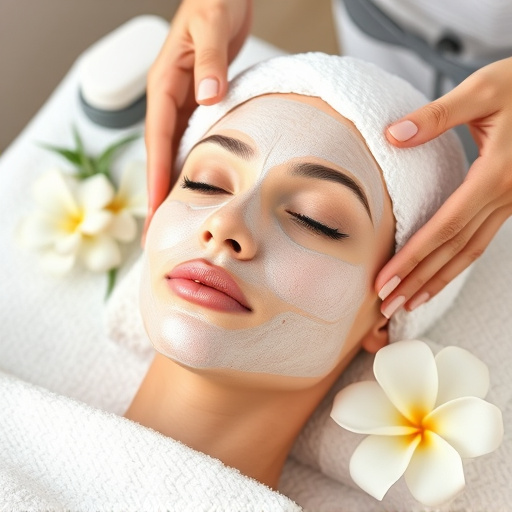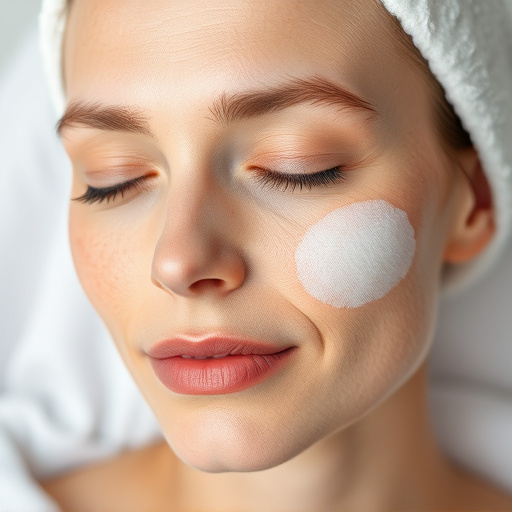After skin resurfacing treatment, a natural downtime period varies by procedure and individual recovery speed, lasting from a few days to two weeks. Initial symptoms include redness, mild swelling, warmth, and scabs. Proper hygiene, avoiding harsh products, and using recommended skincare routines are crucial for optimal healing. Procedures may offer additional treatments extending overall downtime. Healthier skin and younger age speed up recovery. Post-treatment care involves gentle routines, moisturizing, broad-spectrum sunscreen, and patience to manage temporary redness, swelling, or sensitivity.
“After undergoing a skin resurfacing treatment, it’s natural to wonder how much downtime you can expect. This comprehensive guide delves into the intricacies of post-procedure recovery, offering insights into the typical downtime associated with skin resurfacing. From understanding the healing process to identifying factors that can expedite or delay recovery, this article equips readers with essential knowledge. Learn about caring for your skin during the critical healing phase, ensuring a smoother transition towards achieving your desired skincare goals.”
- Understanding the Downtime Process After Skin Resurfacing
- Factors Influencing Recovery Time
- Caring for Your Skin During the Healing Phase
Understanding the Downtime Process After Skin Resurfacing
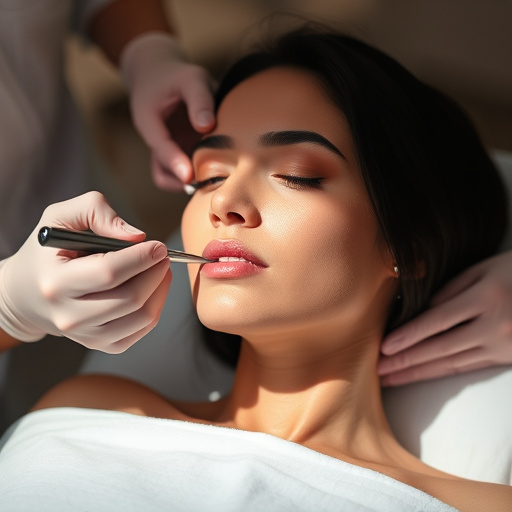
After undergoing a skin resurfacing treatment, it’s crucial to appreciate that downtime is a natural part of the healing process. This period varies depending on the type of procedure and your individual recovery speed. During downtime, your skin goes through several phases as it regenerates and heals itself. Initially, redness and mild swelling may occur, which typically subside within a few days. As the healing progresses, the treated area might feel warm to the touch, and scabs or crusty patches could form—these are all normal responses from your skin’s defense mechanism.
Understanding downtime allows you to better manage expectations and care for your skin effectively. It’s not uncommon for individuals to experience a temporary reduction in skin sensitivity, making it more susceptible to irritation. This is why maintaining proper hygiene, avoiding harsh products, and using recommended skincare routines are essential during recovery. Additionally, some procedures may offer complementary treatments like laser hair removal or pore refinement, which can enhance results but also extend the overall downtime, especially when considering the additional time required for each session.
Factors Influencing Recovery Time
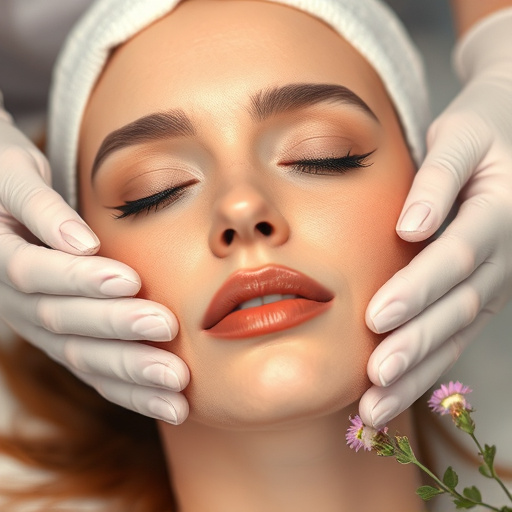
The recovery period after skin resurfacing treatment varies based on several factors. One of the primary influences is the type of skin resurfacing procedure performed, such as chemical peels, laser treatments, or microdermabrasion. Each method has its own healing timeline and specific aftercare requirements. For instance, chemical peels typically require a few days to a week for recovery, depending on the concentration used, while laser treatments might necessitate a slightly longer downtime of up to two weeks.
Additionally, individual factors like skin type, age, overall health, and adherence to post-procedure instructions play significant roles in determining recovery time. Those with healthier, more robust skin may heal faster compared to individuals with sensitive or compromised skin barriers. Age is also a consideration; younger skin tends to heal quicker than older skin due to varying collagen levels and cellular regeneration rates. Customized facials and anti-aging treatments can further impact recovery, as personalized approaches cater to unique skin concerns and promote more effective healing.
Caring for Your Skin During the Healing Phase
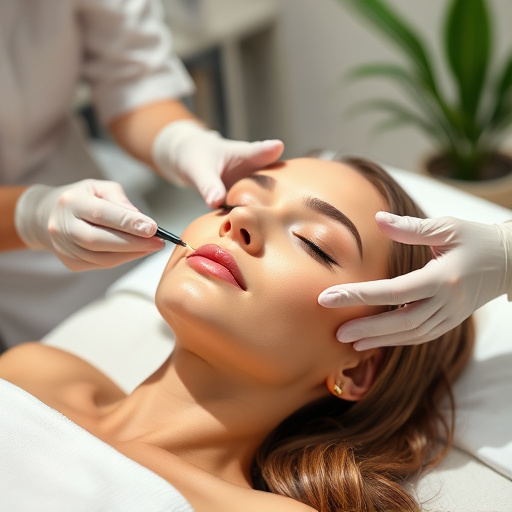
After undergoing a skin resurfacing treatment, it’s crucial to care for your skin during the healing phase. This involves maintaining a gentle yet consistent skincare routine. Avoid harsh cleansers and opt for mild, hydrating products recommended by your dermatologist. Regularly apply moisturizers to nourish your skin and support the healing process. Additionally, protective sunscreen is essential; always use broad-spectrum SPF 30 or higher to shield your skin from damaging UV rays while it recovers.
Hydrating facials and chemical peels can also aid in post-treatment care, depending on your specific needs and your dermatologist’s advice. These aesthetic treatments can help replenish moisture, exfoliate dead skin cells, and promote a smoother, healthier complexion. Remember, patience is key; give your skin the time it needs to heal and rejuvenate, and be mindful of any temporary redness, swelling, or sensitivity that may occur.
After undergoing a skin resurfacing treatment, it’s vital to be prepared for a period of downtime. Understanding the factors influencing recovery time and implementing proper care during the healing phase are essential for optimal results. Remember that every individual’s experience is unique, so be sure to follow your dermatologist’s advice for the best possible outcome. With dedicated care, you can expect your skin to gradually improve, revealing a smoother, more youthful complexion.

